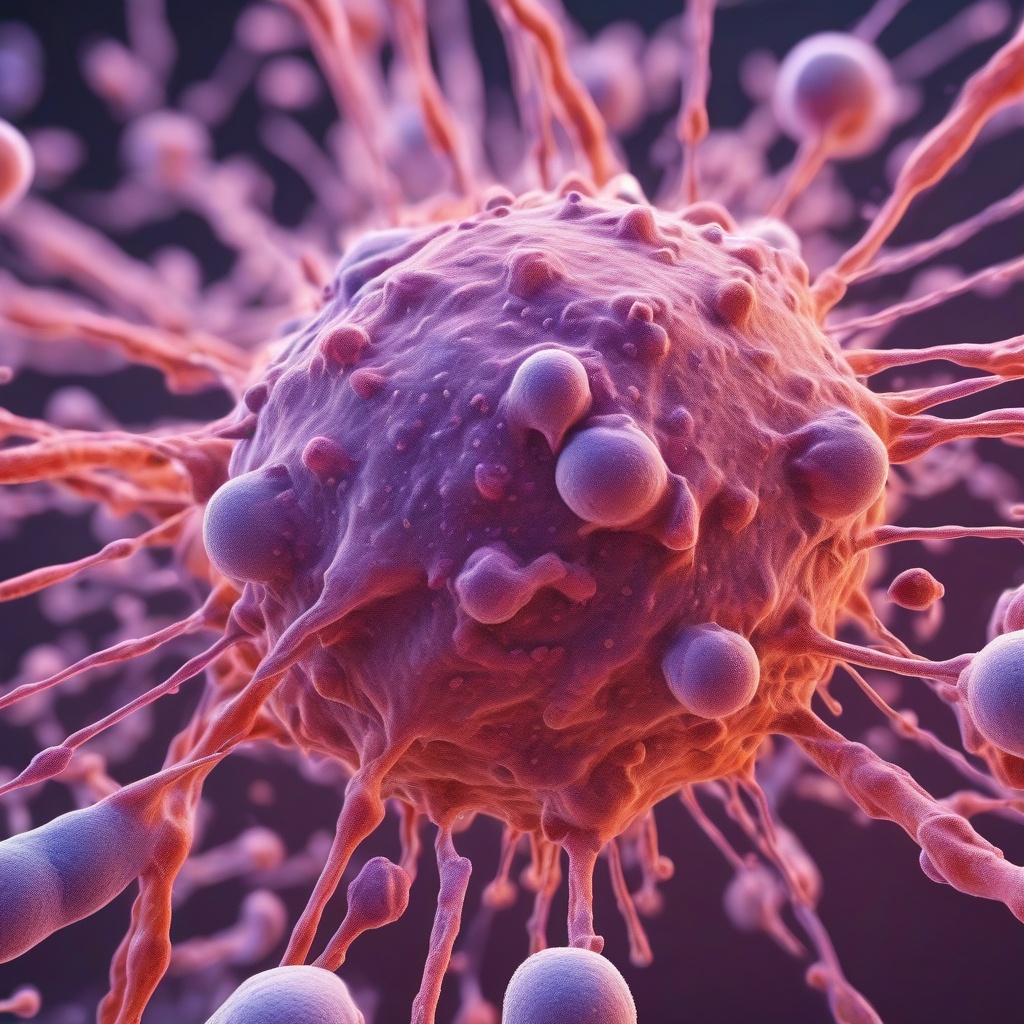The Hidden Dangers of Sucralose: How Artificial Sweeteners Can Trigger Food Allergies Suddenly
Artificial sweeteners have become a staple in many of our diets, used in everything from sugar-free gum to low-calorie desserts. One of the most popular artificial sweeteners is sucralose, commonly known by the brand name Splenda. While sucralose may seem like a harmless alternative to sugar, recent research has raised concerns about its potential impact on our health, particularly when it comes to food allergies.
The Rise of Artificial Sweeteners
Artificial sweeteners have been around for decades, but their popularity has skyrocketed in recent years. With the growing awareness of the health risks associated with sugar consumption, many people have turned to artificial sweeteners as a way to satisfy their sweet tooth without the calories. Sucralose, in particular, has become a popular choice due to its zero-calorie status and widespread availability.
The Dark Side of Sucralose
While sucralose may seem like a harmless alternative to sugar, research has shown that it can have some unexpected and potentially serious side effects. One of the most concerning is its ability to trigger food allergies suddenly. A recent study published in a reputable scientific journal found that sucralose exposure markedly aggravated allergic symptoms, including diarrhea, elevated serum IgE, MCP-1, and mast cell mediators. (Read the full study here.)
How Does Sucralose Trigger Food Allergies?
The exact mechanism by which sucralose triggers food allergies is not yet fully understood. However, research suggests that it may be related to the way sucralose interacts with the gut microbiome. The gut microbiome is a complex ecosystem of microorganisms that live in our digestive tract and play a crucial role in our immune system. When sucralose is ingested, it can alter the balance of the gut microbiome, leading to changes in the way our immune system responds to food.
The Symptoms of Sucralose-Triggered Food Allergies
The symptoms of sucralose-triggered food allergies can vary widely from person to person. Some common symptoms include:
- Diarrhea
- Abdominal pain
- Bloating and gas
- Skin rashes and itching
- Respiratory problems, such as asthma and allergic rhinitis
Who is at Risk?
Anyone can be affected by sucralose-triggered food allergies, but some people may be more susceptible than others. Those with a history of food allergies or sensitivities, as well as individuals with compromised immune systems, may be more likely to experience adverse reactions to sucralose.
What Can You Do?
If you’re concerned about the potential risks of sucralose, there are several steps you can take:
- Read labels carefully: Check the ingredients of any food or drink product to see if it contains sucralose.
- Choose natural alternatives: Opt for natural sweeteners like stevia or honey instead of artificial sweeteners.
- Consult a healthcare professional: If you experience any symptoms of food allergies or sensitivities, consult a healthcare professional for advice.
Conclusion
While sucralose may seem like a harmless alternative to sugar, the potential risks associated with its consumption cannot be ignored. The link between sucralose and food allergies is a concerning one, and further research is needed to fully understand the mechanisms at play. In the meantime, it’s essential to be aware of the potential risks and take steps to protect your health. By choosing natural alternatives and being mindful of the ingredients in your food and drink products, you can reduce your risk of experiencing adverse reactions to sucralose and maintain a healthy, balanced diet.



